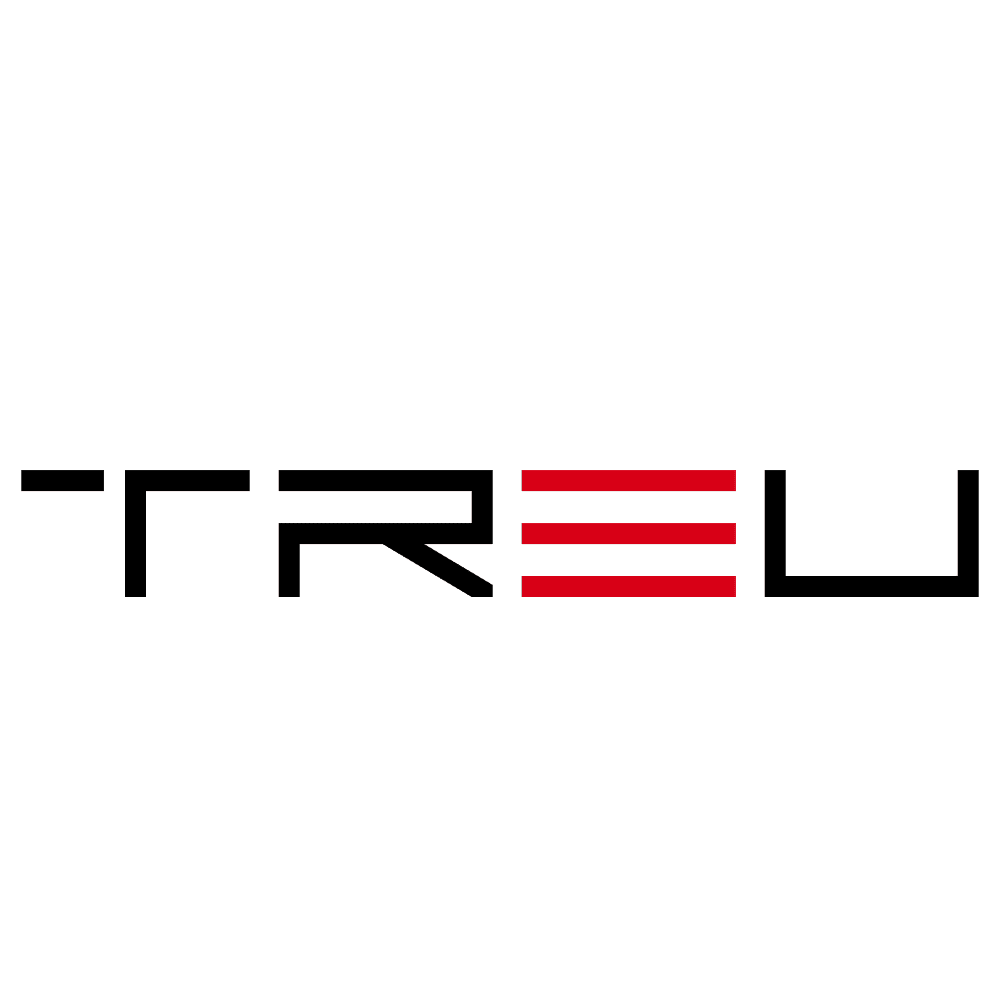Mastering FinOps to Control Rising Cloud and AI Costs
As organizations scale their digital initiatives using cloud and artificial intelligence (AI), they are increasingly confronted with a pressing challenge: managing rapidly rising costs. In the latest episode of Next in Tech by S&P Global Market Intelligence, industry experts tackle this issue head-on, sharing insights into how a robust Financial Operations (FinOps) strategy can help rein in cloud and AI expenses. Understanding and implementing FinOps is no longer a luxury; it’s a necessity for businesses seeking to sustainably innovate in the cloud era.
What Is FinOps and Why Does It Matter?
FinOps—a blend of “Finance” and “Operations”—is a collaborative, discipline-based approach to cloud financial management. It brings together finance, engineering, product, and procurement teams to ensure that every dollar spent on cloud and AI resources is optimized for maximum value.
Unlike traditional IT budgeting, where infrastructure costs are relatively fixed, cloud and AI services are dynamic, usage-based, and can scale rapidly. This shift makes cost visibility and accountability critical. FinOps bridges the gap between technical and financial stakeholders by fostering a culture of ownership and continuous improvement.
The Key Objectives of FinOps
- Cost Visibility: Real-time insights into cloud usage and expenses
- Accountability: Empowering teams to take responsibility for their cloud spend
- Optimization: Providing actionable recommendations and enforcing cost controls
- Collaboration: Fostering strong partnerships between engineering, finance, and leadership
Rising Cloud and AI Costs: A Perfect Storm
As businesses embrace AI and data-driven operations, cloud consumption has skyrocketed. According to research highlighted in the podcast, one of the biggest drivers of cost escalation is the adoption of generative AI and machine learning workloads. These workloads require massive compute power, and their growing popularity has added new dimensions to the cost management puzzle.
Additionally, multicloud and hybrid cloud environments further complicate tracking and managing expenditures. Many businesses still treat cloud usage as a flat-rate utility, failing to adjust their budgeting or optimization strategies accordingly. Without FinOps, these companies risk unexpected costs, budget overruns, and reduced ROI on digital investments.
Three Phases of Effective FinOps Implementation
According to FinOps practitioners interviewed in the Next in Tech podcast, there’s a maturity curve that businesses follow as they evolve their cost management competency. These phases are:
1. Inform
This is the foundational stage, where organizations focus on visibility and reporting. They utilize tools and metrics to understand cloud spending patterns across departments and workloads. Key initiatives include:
- Setting up dashboards and real-time alerts to flag spikes in usage
- Tagging and classification of workloads to track cost allocation
- Benchmarking spending per team, service, and application
2. Optimize
Once spending is understood, the next step is applying these insights to reduce waste and improve efficiency. This involves:
- Rightsizing compute resources (e.g., turning off underutilized instances)
- Reserving capacity for predictable workloads to secure discounts
- Using autoscaling and serverless architectures for dynamic workloads
3. Operate
At this level, FinOps becomes embedded into business-as-usual processes. Teams are held accountable for their cloud budgets, performance metrics are tracked over time, and cost governance is automated using policy enforcement tools. Operational excellence is achieved by:
- Establishing KPIs and SLAs for financial efficiency
- Automating budget enforcement with rules and guardrails
- Aligning FinOps performance with broader business goals
Cloud Cost Challenges with AI Workloads
While FinOps principles apply to general cloud spending, the rise of AI introduces new complexities that require specific strategies. Training large language models (LLMs), storing vast datasets, and provisioning high-performance GPUs can drive unpredictable spikes in usage.
Key considerations for managing AI costs include:
- Monitoring GPU utilization to ensure efficient usage of expensive resources
- Segmenting development vs. production costs to avoid budget bloat during experimentation
- Leveraging managed AI services that bundle compute and storage at optimized pricing
AI teams must also partner closely with cloud engineers and finance professionals to forecast usage trends, define budget limits, and experiment responsibly. FinOps doesn’t hinder innovation—it empowers teams to innovate with accountability.
Best Practices for FinOps Success
Organizations thriving with FinOps do more than just implement tools; they build a culture around cost awareness and optimization. Some proven strategies include:
- Providing cost and usage data directly to engineering teams so they can act quickly
- Incentivizing cost-saving behaviors across departments with gamified dashboards and performance bonuses
- Adopting a “showback” or “chargeback” model where each department sees or pays for its usage
- Embedding FinOps early in AI project planning to estimate resource needs precisely
Equally important is executive support. A top-down mandate to prioritize FinOps ensures the program gets the visibility and resources it needs to scale successfully.
The Future of FinOps: Automation, AI, and Policy-Driven Cost Management
As cloud environments grow larger and more complex, manual FinOps techniques won’t scale indefinitely. That’s where AI and automation come into play in FinOps itself. Sophisticated algorithms can detect anomalies, recommend optimizations, and enforce policies in real time—making it easier to handle AI-first workloads.
- Machine learning-based anomaly detection can spot unusual usage early
- Predictive analytics can project future costs and model trade-offs
- Automated rightsizing tools can continuously optimize infrastructure
Policy-driven FinOps will also become a staple for enterprises. Empowering stakeholders to define rules like “no GPU provisioning after hours” or “alert if daily spend exceeds X” will enable real-time governance without bottlenecks.
Conclusion: FinOps Is an Enabler, Not a Restriction
Controlling cloud and AI costs is no longer a reactive measure—it’s a strategic imperative. By mastering FinOps, organizations can align cloud usage with business goals, foster accountability, and drive smarter innovation. It’s not about spending less; it’s about spending wisely.
As cloud and AI continue to transform industries, those who embrace FinOps will find themselves not only controlling costs but also unlocking new value, faster time to market, and sustainable digital growth.
The future of digital innovation isn’t just about what you build—it’s also about how you pay for it. With FinOps, and a force-multiplier strategy behind it, that’s a winning strategy!

